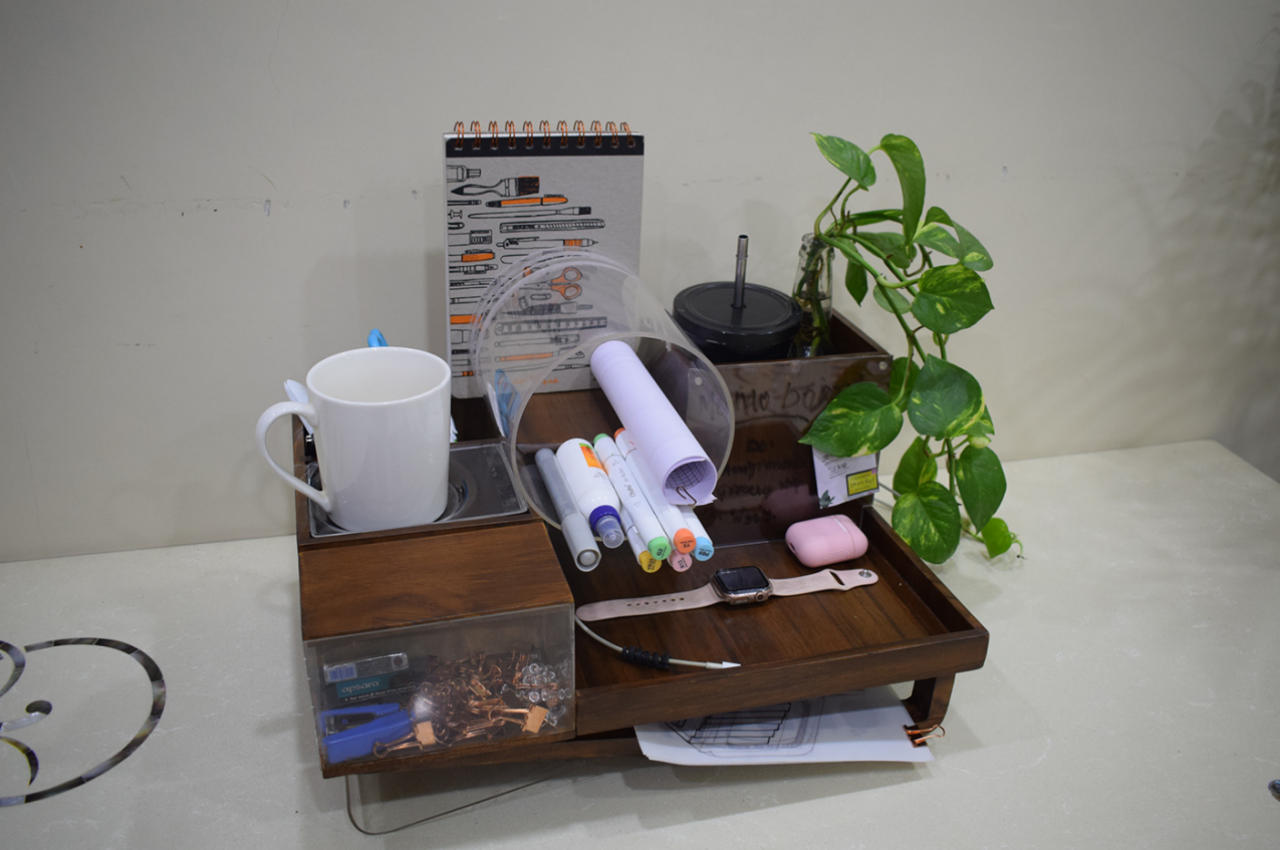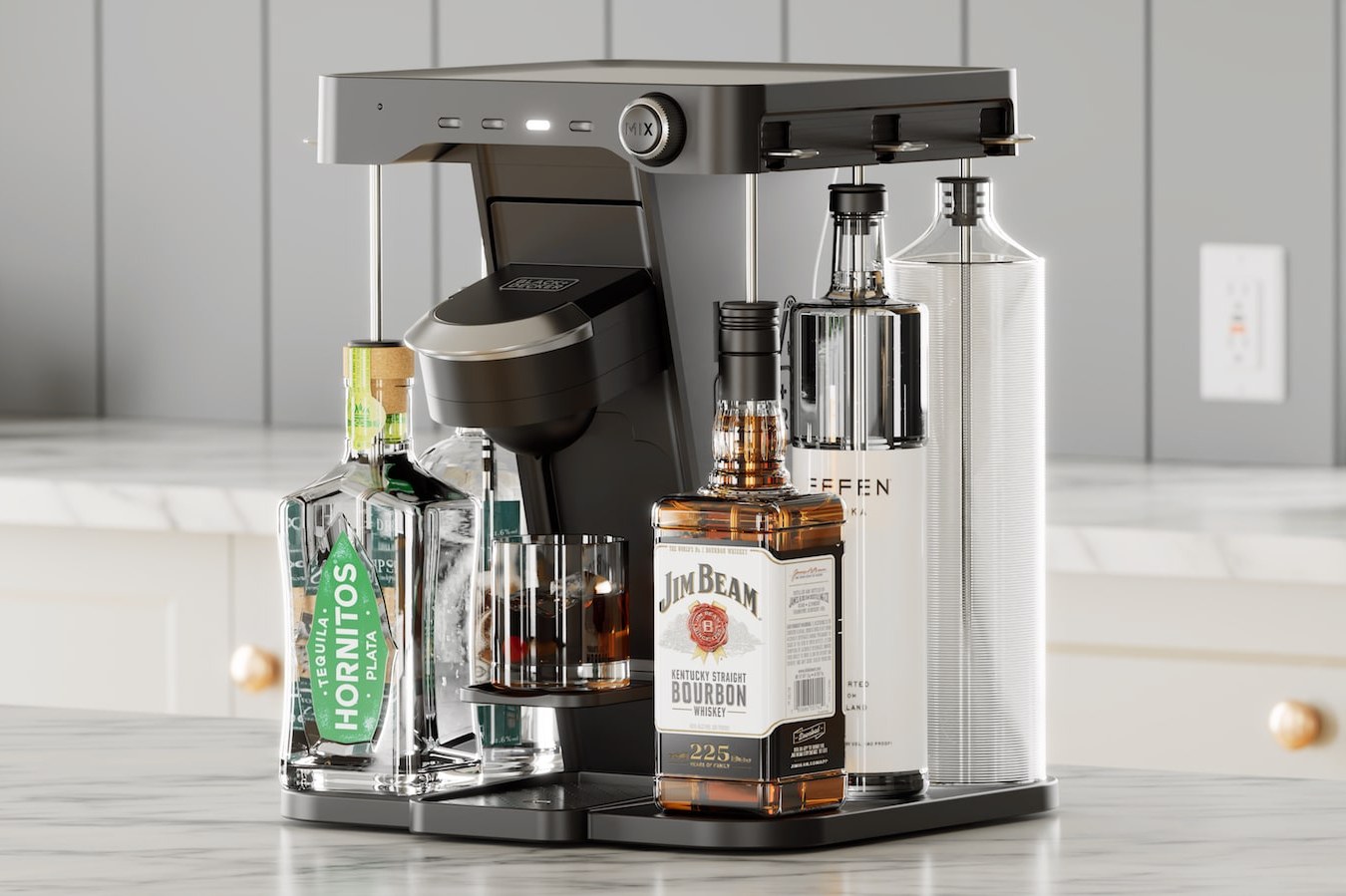#The Difference Between Cleaning, Disinfecting, and Sanitizing – LifeSavvy

Table of Contents
“The Difference Between Cleaning, Disinfecting, and Sanitizing – LifeSavvy”

When perusing the cleaning aisle at a supermarket, you’ll notice multi-purpose cleaners, disinfectants, and sanitizing sprays line the shelves. With so many options, it can be overwhelming to find the right product for your cleaning job.
We wanted to understand the difference between cleaning, disinfecting, and sanitizing, so we reached out to some experts for help. Senior scientific communications manager of P&G Global Home Care, Maria Striemer, and president of Molly Maid, Vera Peterson, gave us a broader understanding of what each mean.
What is Cleaning?

Before getting down to the nitty-gritty of disinfecting surfaces and sanitizing your home, it is essential to start with basic cleaning. Cleaning means removing crumbs, dust particles, or any type of debris that may or may not be visible.
“Oftentimes, dirt and grime can build up and is very noticeable, and sometimes it can even hinder the performance of things such as your oven or dishwasher,” Peterson explained. “Build-up can prevent things from working to their full efficiency and can often attract bugs or provoke allergies.”
At the very least, you’ll want to start by cleaning surfaces regularly to ensure everything within your home is in tip-top shape and working correctly.
Cleaning tasks vary depending on the tools you have on hand. For example, in order to clean your floors, you’ll run to the broom, vacuum, or floor mop. To clean a spill, you’ll need a dish towel and some all-purpose cleaner to help get the job done.

What is Disinfecting?

Once you’ve taken the time to remove layers of dirt and grime, you can move on to a more thorough form of cleaning, which we all know as disinfecting. Striemer and Peterson both explained that disinfecting means eliminating or killing germs, bacteria, and viruses that are present on surfaces.
When you disinfect an area within the home, you must spray the surface with the disinfectant spray and leave the solution there for a period of time based on the labels instructions. That way, the solution has time to kill any germs present.
Peterson spoke about the importance of how often you should be disinfecting certain areas in the home. She told us, “it is recommended to try and disinfect two to three times a week, but during flu season, it would be beneficial to disinfect highly touched areas daily.” High-touch areas are places within the home or any location that are frequently touched by hands.
We also wanted to know how to find quality disinfectant products. Striemer explained that disinfectants are regulated by an agency called the U.S. Environmental Protection Agency (EPA). “Any disinfectant that claims to kill bacteria and viruses is reviewed by the EPA to ensure it meets federal safety standards and scientific & regulatory requirements,” she said.
We then asked Striemer if she had any favorite products she recommends for the job. She told LifeSavvy, “Microban 24 not only disinfects and can be used for cleaning, but it is also a sanitizer that keeps killing bacteria for up to 24 hours, touch after touch when used as directed.”

What is Sanitizing?

Sanitizing is a bit different than disinfecting because although it works to reduce germs, it doesn’t necessarily kill most germs as disinfectants do.
Peterson told LifeSavvy, “sanitizing surfaces is most beneficial after they have been cleaned and disinfected. Disinfecting will kill bacteria and viruses, and sanitizing will get the germs that remain. It is best to try and sanitize at least once a week.”
She told us that you can make a strong sanitizer solution from home by mixing one tablespoon of bleach with one quart of water.
“A strong sanitizer is a solution that contains at least 70% of isopropyl alcohol since it has a higher moisture content,” said Peterson. “A solution that has more than 70% of isopropyl alcohol will evaporate too quickly and will not be as effective.”

Disinfecting and Sanitizing Tips From Experts

We asked both Peterson and Striemer for their best advice for disinfecting and sanitizing surfaces within the home. From cleaning cloth recommendations to which areas you should focus on most, they had a lot of valuable tips to share.
Here were some of our favorites:
Use Microfiber Cloths
Peterson was quick to tell us that microfiber clothes are one of the best tools to use when it comes to disinfecting and sanitizing surfaces. That’s because the tiny yet mighty fibers capture minuscule bacteria and particles well.
These reusable towels are cost-effective and work to clean delicate surfaces without damaging them. They are just what you need before spring cleaning season.
Non-Scratch Sponges Are Great Too
Peterson also mentioned that non-scratch sponges are great for disinfecting and sanitizing. This is especially true if you need to disinfect or sanitize your kitchen sink, stovetop, or kitchen appliances.
The material of your sponge, along with the gentle scour padded side, will help remove any tenacious gunk while also working to help eliminate bacteria from the surface.
Read Label Instructions
Striemer expressed the importance of always checking on-label instructions when using disinfecting or sanitizing products. This is essential for ensuring the product works like it is supposed to.
“Different products require the liquid to remain on the surface for different amounts of time in order to achieve your desired outcome,” she said. “Additionally, some products may require a potable water rinse if using it in kitchens or near surfaces that come into contact with food.”
Disinfectant Wipes Can Be Harmful
Peterson filled us in on something we had never heard before. Believe it or not, those convenient disinfectant wipes can be harmful to some sealants due to the citric acid used in some brands. Keep that in mind if you find yourself using them often.
According to The Spruce, citric acid solutions should not be used on unsealed natural stones either, as the acid can pit the surface of those natural stones.
Focus On High Touch Areas
High-touch areas definitely need the most attention when it comes to disinfecting surfaces. Door handles, light switches, faucet knobs, and just about any location that comes in contact with hands several times per day need attention from your disinfectant spray and a solid wipe down.
Cleaning, disinfecting, and sanitizing are all different methods for keeping your home clean and safe. Just in case we haven’t given you enough reason to get to cleaning, did you think the task might actually make you smarter?
If you liked the article, do not forget to share it with your friends. Follow us on Google News too, click on the star and choose us from your favorites.
For forums sites go to Forum.BuradaBiliyorum.Com
If you want to read more like this article, you can visit our Technology category.




